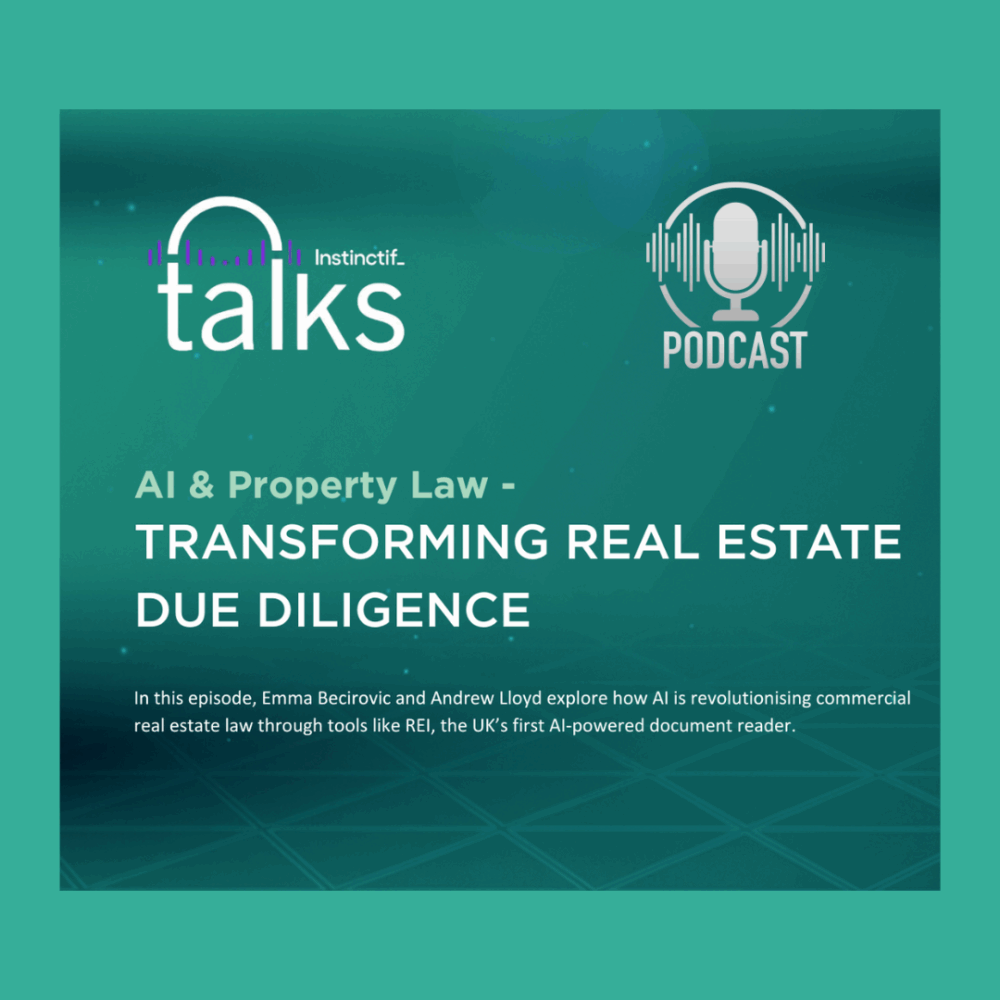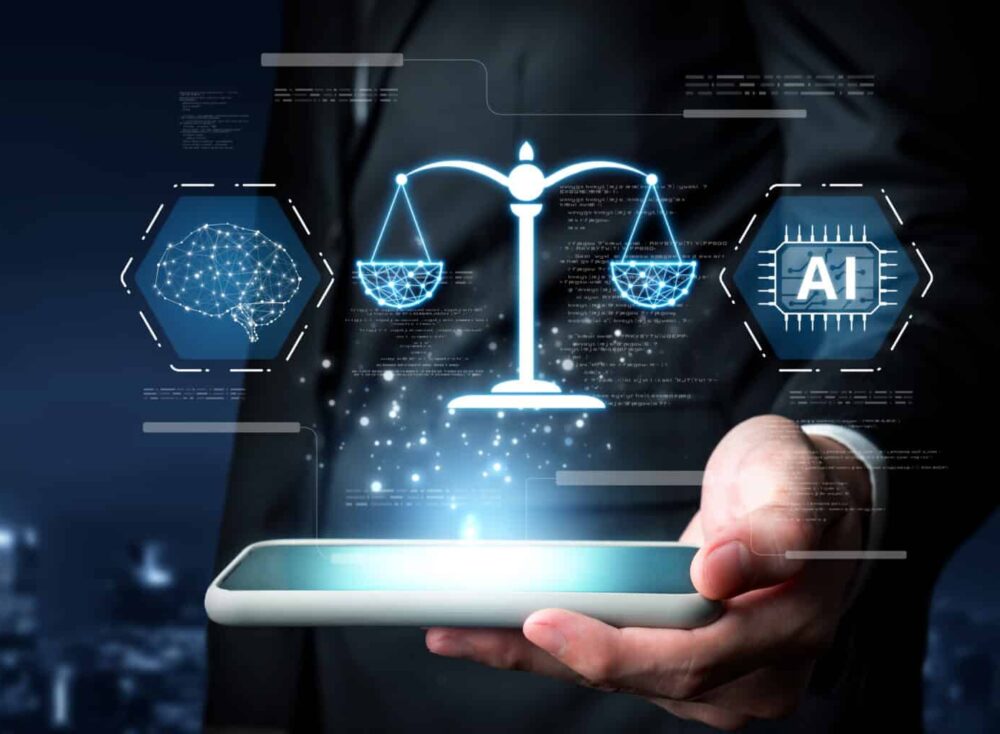By Andrew Lloyd, Managing Director, Search Acumen
We are at a tipping point in the legal sector. Since we set up Search Acumen, we have been working with a cohort of forward-thinking firms, banging the drum for digitisation and the broad adoption of a digital first mindset. I now see the shift taking place, spurred on by how successful technology was in initially bridging firms through the uncertainty of lockdown, and then fundamentally overhauling outdated human-led processes that were unfit for purpose. The broad recognition from leadership across the sector that a digital first approach is the way forward is evident, and that these changes aren’t nice to haves, but are now seen as essential to providing the kind of easy, fast, convenient service clients expect from modern companies in 2022.
However, I must apologise to anyone who thought that they have now successfully ridden out the wave of technological change. We need to continue to capitalise on the momentum we have built up and move into a new phase of digitisation.
While a broad recognition of the process-level benefits of tech solutions vs. paper processes is a massive milestone for the legal sector, law firm leadership now needs to develop its understanding of tech in a more nuanced way. The improvements and efficiencies we see at the surface by implementing technological solutions are underpinned by advanced deep tech. These complex algorithms (often the product of years of R&D in university or institutional tech labs) form the back end of even the most simple tech platforms or products. Apple’s neural engine, the A14 Bionic, for example, processes a staggering 11 trillion operations a second, colloquially known as ‘TOPS’, a measurement of AI processing power. This, Apple claims, results in ten times faster machine learning calculations compared to earlier iterations.
Even phone AI engines nowadays power most seemingly standard functions, from analytics and battery efficiency, functions that you would never even notice day to day, to more recognisable machine learning applications including Siri and other personal assistant tools. It isn’t just the AI capability that allows for these rapid and staggering advances. Each upgrade requires developers to build new hardware (chips and micro-processors), while training increasingly advanced machine learning engines requires even more data to fuel the learning processes, which then requires more advanced servers and data processing capabilities.
While companies like Apple sit at the cutting edge of R&D, the algorithmic and technological advances that these sophisticated deep tech products generate, quickly become industry standard for almost all technological solutions designed to drive administration and analytic efficiencies. As a result the experience for the end user is more streamlined and efficient, but it can never be and should never be extrapolated that the knowledge, talent, creativity, expertise and raw data that underpins these solutions is simple too. Trying to create these technological parallels without the necessary infrastructure in place is not viable, and is when partnership opportunities should be explored.
From our perspective, we can highlight a few examples in the legal sector that as an end user appear relatively simple, but the complexity to develop was phenomenal. For instances, take our digital overview solution. This new advancement enables conveyancers for the first time to access a 360 degree snapshot of all relevant property data that they might need for a transaction. There is no need to compile, compare and contrast a multitude of property datasets when managing the transaction process, our system does this automatically through its understanding of the data needed, and ability to automate the data collection and presentation process. The end product is a single screen with an ultra-clear presentation of around 75 datasets. Behind this product however, there are advanced machine learning operations at play to analyse and distil datasets and automate their presentation for the end user. In the background, they are taking the load of a vast data processing operation, searching and collating data from diverse and enormous datasets, held by different organisations across the UK.
Another recent example is the AP1 digitisation process that Land Registry is leading. Again, seemingly adapting a business process to digital submission rather than a PDF upload sounds easy enough, but in reality, doing this effectively, means being able to successfully integrate data analysis, distillation and automation processes. Lawyers do have a choice for their preferred AP1 digitisation process, with many choosing to partner with a third party tech provider like ourselves, as the opportunity to streamline a number of processes all at once being seen as the most efficient path.
We are seeing firms attempting to replicate such processes in house, on the assumption that it will be cheaper and more efficient long term to have bespoke systems built for their business. This misunderstands the nature of technological development, the pace of change and the depth of innovation that sits behind even the most simple solutions. Unless firms are prepared to invest significantly in leading AI talent and build vast in house deep tech teams, I don’t see how this model can lead to success. In house tech leads simply won’t be able to keep up. While they may succeed in single instances, integrating a tech solution to replace a paper process, driving performance, ongoing efficiency, and customer satisfaction through technology is about being able to consistently adapt to grab the first mover advantage offered by new upgrades. At the same time, this approach will be rewarded financially from increased customer satisfaction driving revenue growth, and from cumulative efficiencies driven by the expertise of a tech provider.
The model the legal sector needs to adopt is one of technological partnership. There are numerous experts steeped in the latest AI and machine learning developments who are primed to support the transition to a digitised legal sector. Establishing a long term partnership – rather than engaging in a series of individual interactions – is the best way to ensure you are continuously up to date with the latest technological advancements. To establish whether a partnership has the potential for longevity, you can assess the firm’s historical accomplishments as well as their vision. By partnering with a tech firm that has built up a sizeable business, you can rely on them to carry the development costs that come with constantly investing and developing new solutions. It is also important that a partner fits in with your business culture and values so that they can slot alongside your in-house lawyers and help you achieve your digital goals. Only by finding the right technology partner will lawyers be able to deliver the cost effective, optimised solutions that will enable the sector to keep riding the wave of technological change for years to come.











